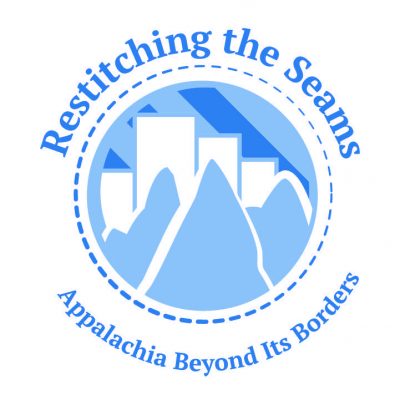Participation Type
Paper
Turkey in the Straw: Appalachian Music and Meaning in Popular Culture
Presentation #1 Abstract or Summary
The well-known old-time tune, “Turkey in the Straw,” has its roots in Scottish fiddling and early American minstrelsy. According to The Garland Encyclopedia of World Music, one of the earliest known renditions is an eighteenth century Scottish fiddle tune called “Rose Tree,” (first printed as a song in a ballad opera in 1782).[1] Later, the melody was recast as one of the most popular minstrelsy songs of the 19th century: “Zip Coon.” The tune has since permeated American popular culture via children’s cartoons, summer camp songs, hip-hop singles, and even ice cream truck music. The multi-faceted and ever-shifting nature of musical meaning invites us to reflect upon the various manifestations of this popular Appalachian fiddle tune in the context of contemporary American culture.
[1] Christopher Goertzen, “English and Scottish Music,” in The Garland Encyclopedia of World Music, Volume 3: The United States and Canada, 1st ed., edited by Ellen Koskoff, (Taylor and Francis Group, Routledge, ), 837.
At-A-Glance Bio- Presenter #1
Melissa Quarles is an ethnomusicologist and musician from Hendersonville, TN. She has a BA in Music and Culture (minor in Africana Studies) from the University of Tennessee and is currently pursuing her MM in Ethnomusicology at Florida State University. Her research interests include music and identity, community music-making, music and food, old-time tunes, and applications of Musicology to music education, performance, and therapy.
Turkey in the Straw: Appalachian Music and Meaning in Popular Culture
The well-known old-time tune, “Turkey in the Straw,” has its roots in Scottish fiddling and early American minstrelsy. According to The Garland Encyclopedia of World Music, one of the earliest known renditions is an eighteenth century Scottish fiddle tune called “Rose Tree,” (first printed as a song in a ballad opera in 1782).[1] Later, the melody was recast as one of the most popular minstrelsy songs of the 19th century: “Zip Coon.” The tune has since permeated American popular culture via children’s cartoons, summer camp songs, hip-hop singles, and even ice cream truck music. The multi-faceted and ever-shifting nature of musical meaning invites us to reflect upon the various manifestations of this popular Appalachian fiddle tune in the context of contemporary American culture.
[1] Christopher Goertzen, “English and Scottish Music,” in The Garland Encyclopedia of World Music, Volume 3: The United States and Canada, 1st ed., edited by Ellen Koskoff, (Taylor and Francis Group, Routledge, ), 837.

